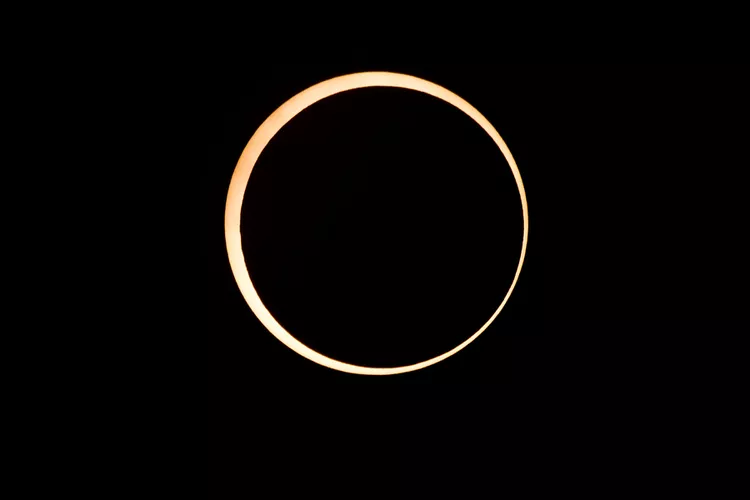Snatch your sunlight based obscure security glasses: a “ring of fire” is not too far off.

PHOTO: GETTY IMAGES
The year’s supermoon mother lode might be behind us, yet the sky has a large group of stargazing treats in store this October. Prepare for two meteor showers, splendid planet sightings, and apparently the most expected galactic occasion of the year: the annular sun oriented overshadow come mid-month.
These aren’t the main joys moving in the night sky. As September’s solid aurora borealis shows demonstrated, Aurora Borealis season is likewise going full bore — and this moment’s an extraordinary opportunity to pursue the scene. Here are our number one spots to get the lights all over the planet, from picturesque lodgings to Native drove aurora encounters.
Prepared to get skywatching? Absorb October’s amazing nightscapes with these can’t miss interstellar sights.
Oct. 8-9: Draconid Meteor Shower Pinnacle
The Draconids are a generally milder presentation, with up to 10 meteors each hour under ideal circumstances at top, as indicated by EarthSky.org. The current year’s Draconids top — Oct. 8-9 — matches with a 23 percent enlightened disappearing sickle moon; that implies dull skies and possibly ideal survey, on the off chance that weather conditions collaborates. Watch for sky streaks toward the northwest on the night of Oct. 8 through early morning Oct. 9. Track down a dim sky area, like a public park, for the most noteworthy presentation.
Oct. 10: Moon Meets Venus
Venus, the sky’s third-most splendid article (after the sun and moon), will approach our lunar neighbor in the extremely early times of Oct. 10 and 11, per EarthSky.org. To detect the pair, focus on the eastern sky. Watch for sparkling Regulus, another piercingly brilliant space sight, just next to Venus the two evenings, as well.
Oct. 14: Annular Sun based Shroud
Everyone’s eyes will be on the sky for those in the annular obscuration’s way, known as the way of entirety, on Oct. 14. This advertised occasion — when the moon crosses before the sun and covers everything except a doughnut formed band of the orange sphere — will be noticeable from southern through California, Nevada, New Mexico, Arizona, Colorado, Utah, and Texas, prior to passing into Mexico and finishing up in Brazil, as per Sky and Telescope. To witness this occasion, nicknamed the “ring of fire” for the moon’s strong orange boundary, book facilities detail. Skywatchers are heading out from everywhere to get the peculiarity, which starts around 11 a.m. ET. You can in any case see a halfway overshadowing outside the way of entirety; on the other hand, watch it through NASA livestream. (On the off chance that you’re seeing face to face, remember your sun based obscure security glasses.)
Oct. 21-22: Orionid Meteor Shower Pinnacle
Signal the stargazing stunningness: the Orionids, one of the most solid meteor showers, will top from Oct. 21-22 during the hours among 12 PM and sunrise, as per Illustrious Historical centers Greenwich. You can likewise see the falling stars in the days paving the way to and after the occasion. The Orionids originate from Halley’s comet; garbage from this eminent space object take off into our air at around 41 miles each second, making a whirlwind of falling stars that is definitely worth keeping awake until late. The moon is a somewhat brilliant waxing sickle during top, and that implies the 2023 Orionids aren’t ideal. All things considered, it’s as yet worth going out to a dull sky park to try the Orionids out.
Oct. 23: Venus Arrives at Most noteworthy Lengthening
Oct. 23 will be one of the most outstanding seasons to get energetic Venus, the second planet from the sun. The planet will arrive at its most prominent extension (46 degrees), when it’s farthest from the sun’s brightness, around 7 p.m. ET.
Rachel Lee is at last taking the risk to.. Travel Perfume Set
2 comments
Comments are closed.
Add Comment